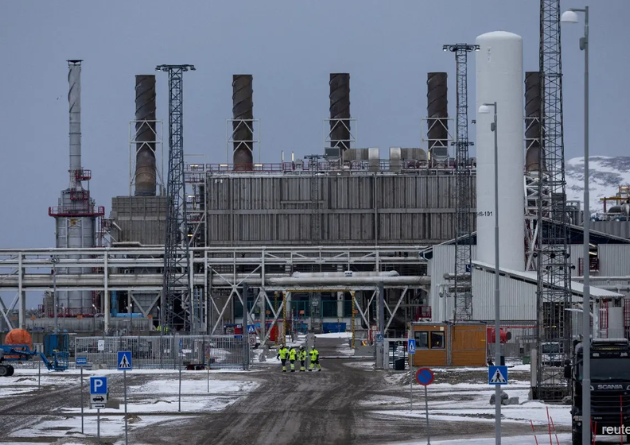Natural Gas Prices Drop Following EU Price Cap Decision

- rabeelrana
HG MARKETS:
US natural gas prices dropped on Wednesday, falling from their highest levels in two years in Europe. This decline came after a report suggested that the European Union is considering a price cap on natural gas. Natural gas prices fell by 0.7%, bringing the price down to $3.496 per million British thermal units (MMBtu), retreating from levels last seen at the end of 2022. The decline followed a report from the Financial Times that the EU is weighing new powers to temporarily cap gas prices, which have recently reached record levels compared to prices in the US.
The report highlighted that European natural gas prices are currently three to four times higher than in the US. In response, the European Commission is considering the price cap as part of a new policy called the “clean industrial deal,” which will be presented next month. The aim of this cap would be to control the rising costs of energy across the EU.
Natural gas prices in Europe have seen a significant increase due to rising demand driven by colder-than-usual temperatures in northern Europe. These unusually low temperatures have resulted in higher energy consumption as households and businesses require more heating to stay warm. This spike in demand has put additional strain on the region’s natural gas supplies, which were already under pressure following the disruptions caused by the ongoing energy crisis. As the cold weather continues, it is expected that this elevated demand will persist over the coming weeks, further tightening the supply of natural gas. With prolonged demand for heating, European countries are facing a growing challenge in ensuring sufficient supply.
The situation is further compounded by the fact that European gas reserves, which are crucial to balancing supply and demand, are already at their lowest levels since the beginning of the energy crisis in 2022. This depletion of reserves means that Europe is increasingly vulnerable to fluctuations in gas supply, making the region more reliant on imports. This reliance, in turn, has the potential to drive prices even higher if the cold weather continues. The combination of rising demand and falling reserves presents a precarious situation for Europe as it faces an uncertain energy outlook for the winter season.
Additionally, demand for natural gas is rising in other regions. The International Energy Agency (IEA) reported that India’s natural gas consumption is set to grow by 60% between 2023 and 2030, doubling the country’s need for liquefied natural gas imports. Meanwhile, traders are also watching for any signals from the US government regarding potential tariffs on the EU, with the White House having previously called for Europe to buy more American oil and gas. The US is already the largest supplier of liquefied natural gas to Europe.
